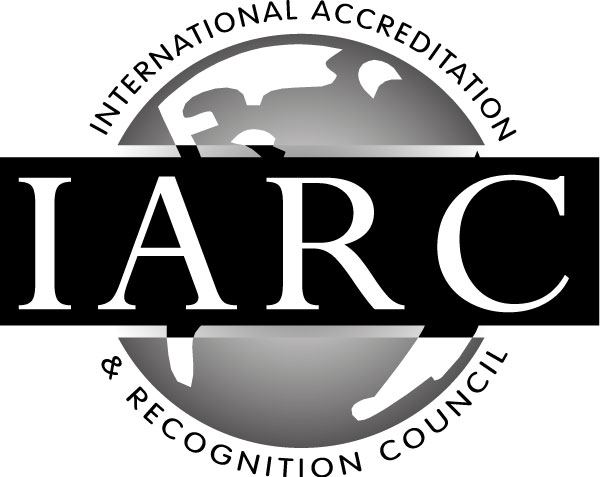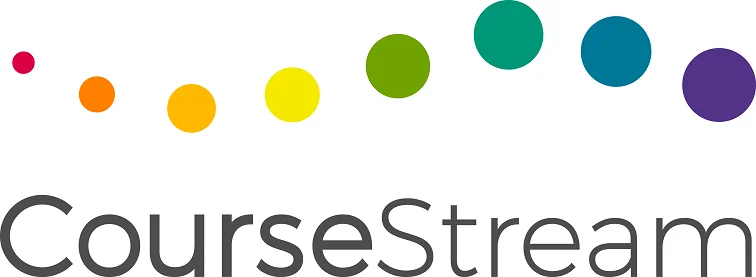Why Study this Bookkeeping Applications Course?
This Bookkeeping Applications Course Online has a stronger focus on “trading businesses” than Bookkeeping A; and in many ways complements and adds to things not covered in Bookkeeping A.
Trading businesses have a major asset which most service businesses do not. That asset, known as ‘stock’, ‘merchandise’ or ‘inventory’, is unique in character – it is acquired by the businesses for one purpose only – that is – selling to customers. Unlike other assets which are obtained and retained by a business, a trading business must rely for its survival on the constant sale of this asset. Because of this, trading businesses need to be able to account for this asset and the individual lines of merchandise which make it up.
This Bookkeeping Applications Course Online aims to deepen your knowledge and skills in bookkeeping while also learning how to apply them.
Take into consideration advantage of the saving available through doing Bookkeeping A and B and round out your knowledge for the requirements of your own business, your consultancy, or your career.
Course Aims:
- Describe the nature of trading businesses, and the differences between recording and reporting for trading businesses and service businesses.
- Describe the nature of stock and the physical system of recording inventory.
- Explain the perpetual or continuous system of recording for inventory, the use of stock cards and methods of stock valuation.
- Distinguish between the main methods for valuing merchandise on hand and the procedures that need to be set up in order to maintain the different systems.
- Distinguish between bad debts and doubtful debts
- Explain how to prepare the journal entries and understand the effect of bad debts on final accounting reports.
- Extend your knowledge of the classification in accounting reports and how it is applied to trading firms.
- Acquire an understanding of control accounts and their uses.
- Explain of the use of budgets and to apply the skills learned.
- Explain the use and role played by statements of cash flows.
- Explain the different accounting alternatives available to business and the advantages and disadvantages of the various alternatives.
- Describe the tools used to measure the key areas of performance and financial position of a business and how they can aid in decision making.
- Describe the different sources of finance available to businesses, other methods of expanding a business and the impact of different equity structures on the accounting and decision making processes.
Lesson Structure
- Stock Defines a Trading Business
- Bookkeeping Requirements of a Trading Business
- Books Required for Trading Businesses
- Trading Businesses and Accounting Rules
- Accounting Standards
- Revision: Terminology and the Bookkeeper’s World
- What are business structures?
- Financial Information
- Alternative Approaches to Accounting Systems
- Revision: Definitions and Bookkeeping Processes
- Cash and Accrual Accounting
- Informative Profit and Loss Presentation
- Managing Cash Flow
- The Cash Cycle – Cash Flow and Liquidity
- Statements of Cash Flow
- Managing Costs in a Business
- Financing a Business
- General Rules of Business Funding
- Business Set-Up Costs
- Managing Bad Debts
- Initiating Collection
- Using a Debt Collector
- Bookkeeping Procedures for Bad and Doubtful Debts
- Accounts Payable: Procedures
- Overview of the Periodic Inventory System
- Pricing Stock
- Stock Coding Systems
- Stock Sheets
- Journals Used in a Business that Carries Stock
- Introduction
- Perpetual Stock Control
- Using Stock Cards
- Bar Codes
- Costing Sales
- Modified General Journals for the Perpetual Stock Control System
- Valuing Stock (Methods)
- Introduction
- Debtors Control Accounts
- Creating a Creditor’s Subsidiary Ledger and Control Account
- Control Accounts – How they Relate to Non-Current Assets
- Assets Register
- Creditor Control Accounts – How they Relate to Subsidiary Accounts
- Budget Types
- Inter-Relationship Between Budgets
- Budgeted Profit and Loss Statements
- Budgeted Balance Sheets
- Variances in Budgets
- Budget Reviews and Performance Reports
- Special Project
- What is PBL?
- Why PBL?
- What Kind of Problems?
- What is Involved?
- How to Set-Up a Payroll System
- Payg Taxation Procedures
- Superannuation/Pension Funds
- Taxation Law
- Laws Governing Tax and Finance
- Tax Related Expenses
- Analysis and Interpretation
- Analysing Cost Centres in a Business
- What other methods are used to analyse financial data?
- Revision: Calculating Investment Returns
Enrol Now
- Experienced Tutor support
- Certificate sent to you
- Online study (Printed notes available)
- Self paced - no set timetable
- 12 months to complete course
From: $25.00 / week for 26 weeks
Get a Free Info Pack!











